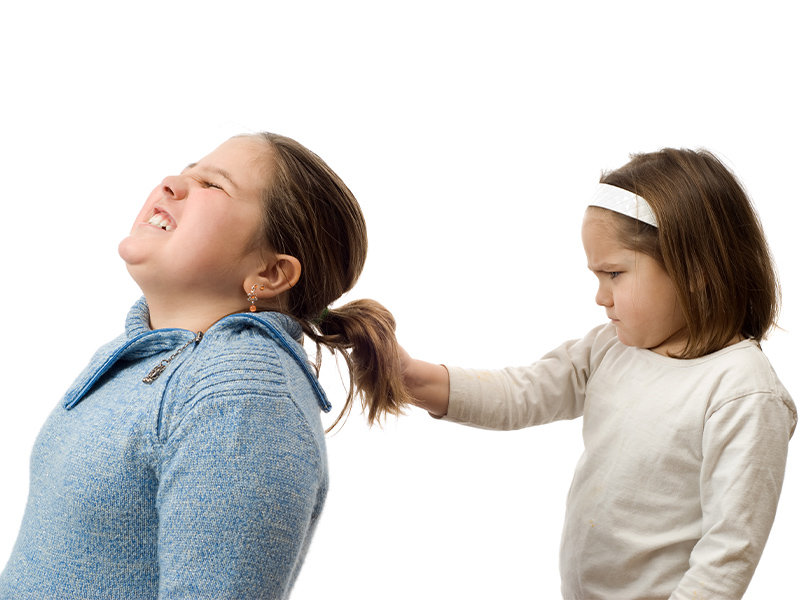We conduct studies to investigate functional and structural brain differences that increase risk for antisocial behavior and callous-unemotional traits across childhood and adolescence. For example, we have shown that during the anticipation of a reward, youth with antisocial behavior (with and without callous-unemotional traits) showed decreased dorsal anterior cingulate cortex activation compared to typically developing youths. In contrast, during reward receipt, youths with antisocial behavior showed increased cortical and subcortical regional activation compared to typically developing youths. Children with both antisocial behavior and callous-unemotional traits demonstrated greater activation in several regions compared with typically developing children and children with antisocial behavior only. Findings advance our understanding of unique neuroetiologic pathways to antisocial behavior and callous-unemotional traits.
Relevant peer-reviewed publications
- Byrd, A.L., Hawes, S.W., Waller, R., Delgado, M.R., Sutherland, M.T., Dick, A.S., Trucco, E. M., Riedel, M.C., Pacheco-Colón, I., Laird, A.R., & Gonzalez, R. (2021). Neural response to monetary loss among youth with disruptive behavior disorders and callous-unemotional traits in the ABCD Study. NeuroImage: Clinical, 32, 102810
- *Hawes, S.W., *Waller, R., Byrd, A.L., Bjork, J., Dick, A.S., Sutherland., M., Riedel, M.C., Tobia, M.J., Thomson, N., Laird, A.R., & Gonzalez, R. (2021). Reward processing among children with disruptive behavior disorders and callous-unemotional traits in the ABCD Study. American Journal of Psychiatry, 178, 333-342 *authors contributed equally to this manuscript
- *Waller, R., *Hawes, S.W., Byrd, A.L., Dick, A.S., Sutherland, M.T., Riedel, M.C., Tobia, M.J., Bottenhorn, K.L., Laird, A.R., & Gonzalez, R. (2020). Conduct Problems, Callous-Unemotional Traits, and Regional Gray Matter Volume in the ABCD Study. Biological Psychiatry: Cognitive Neuroscience and Neuroimaging, 5, 481-489 *authors contributed equally to this manuscript
- Dotterer, H.L., Waller, R., Hein, T.C., Pardon, A., Mitchell, C., Lopez-Duran, N.L., Monk, C.S., & Hyde, L.W. (2020). Clarifying the Link Between Amygdala Functioning During Emotion Processing and Antisocial Behaviors Versus Callous-Unemotional Traits Within A Population-Based Community Sample. Clinical Psychological Science, 8, 918-935
- Waller, R., Gard, A.M., Shaw, D.S., Forbes, E.E., Neumann, C.S., & Hyde, L.W. (2019). Weakened Functional Connectivity Between the Amygdala and the Ventromedial Prefrontal Cortex Is Longitudinally Related to Psychopathic Traits in Low-Income Males During Early Adulthood. Clinical Psychological Science, 7, 628–635

